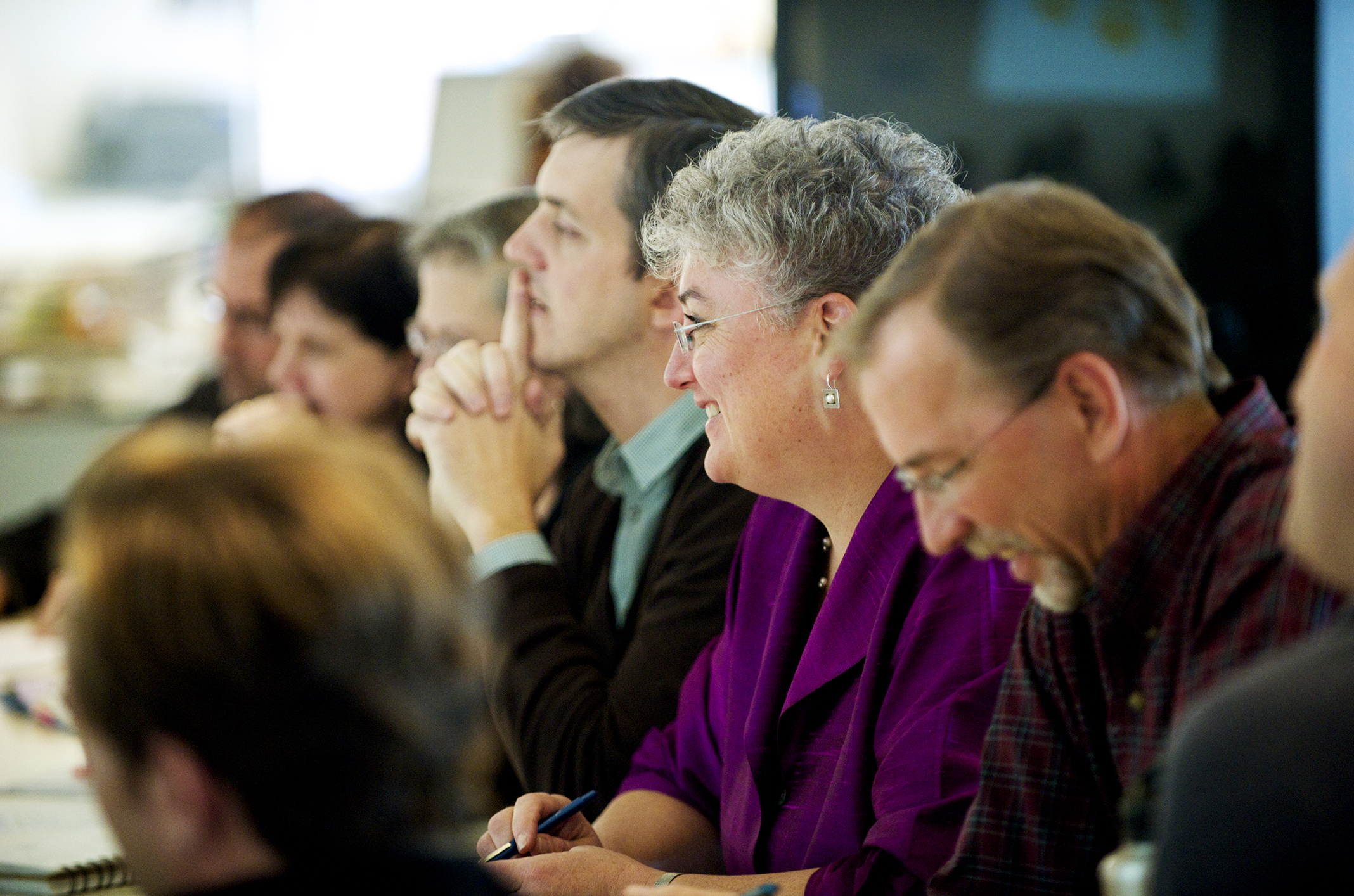Behind the wall: On equity and architecture

With sense of humor and acute remarks, Carole Wedge shared her unique entry into the architecture world. Over the past decade, she has led Shepley Bulfinch’s transformation and growth with an emphasis on the creation of an open culture, and frank and committed work environment. As an architect, she has focused on the convergence of learning, teaching, and research environments, with a long-standing commitment to sustainable design. A leader and mentor, Carole is committed to making the architectural profession relevant to future generations. She is an advocate for diversity in the profession, and is active in Equity By Design.
Q: How did you become a president at Shepley Bulfinch?
A: When I joined Shepley Bulfinch, there was only one woman principal, and I thought that was a good sign because many firms had none. I don’t know if I decided I wanted to be a principal then, but I wanted to work somewhere that was diverse… I think all professions have struggled with unconscious bias in succession planning. It is easy and comfortable for leaders to promote someone like themselves to take over their firm. It takes more insightful people to imagine new kinds of leadership and focus on abilities and performance, not personal similarities. In 2004, I was asked if I would be President. For the last 13 years, my design project has been Shepley Bulfinch, as much as staying close to clients and projects.
Q: What motivated you when you were young?
A: I always loved projects and creating things, so design was an inspiration for me from the beginning. The family legend I grew up with was that both my grandmothers raised their families as single parents. Their husbands died in their 20s, and they each raised eight children. The thinking in our family was that of course women can do that—work and raise children! I have reflected on these family stories, and there is something in that history that sticks with you about what is possible.

Carole encourages design leaders to not assume firms, their structures, and their patterns are fixed, but to take ownership in advancing the industry a new, higher level.
Q: What have you learned from working on some of your favorite projects?
A: The Marquand Library at Princeton University is very special to me. I was a young principal. I got to lead the project, and developed great relationships with the people working at Princeton. Probably the best advice I received from a mentor was “when you make friends within your clients, keep those relationships alive.” Your peers and friends on the client’s side will advance in their careers just like you.
Q: What changes in the architecture field have you observed?
A: I have seen firms, projects, and clients become more complex. I have seen technologies transform our world. And I have seen organizations begin to understand the power of diverse collaborative teams in design. I think the next wave will combine empathy, data, and radically rethinking how organizations work. We have so many hold-over behaviors from earlier times and earlier processes that there is incredible opportunity to reinvent our organizations, culture, and design firms.
Q: What is your position on equity in the design field today?
A: Many people under 35 would say, “Oh, our generation doesn’t really see barriers between people; we have always been inclusive.” That is great, except that racism and sexism still exist in our society. That is great that inclusivity is your construct, but don’t be a bystander when you experience something that challenges inclusion. I went to a conference recently and what I took away is that you can have the greatest impact on diversity and inclusion by hiring project managers—leaders—who believe in it. The fastest way to get the ball rolling is by hiring other people that already have an inclusive, equitable philosophy about their life. Then they create those equitable integrated teams who can do great things together.
For full interview, visit Girl Uninterrupted.
I have seen organizations begin to understand the power of diverse collaborative teams in design. I think the next wave will combine empathy, data, and radically rethinking how organizations work.
Carole Wedge, president, Shepley Bulfinch





